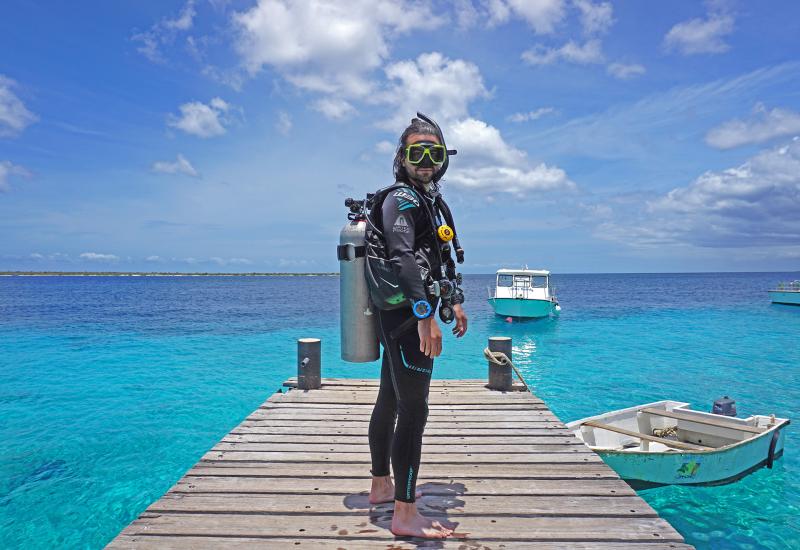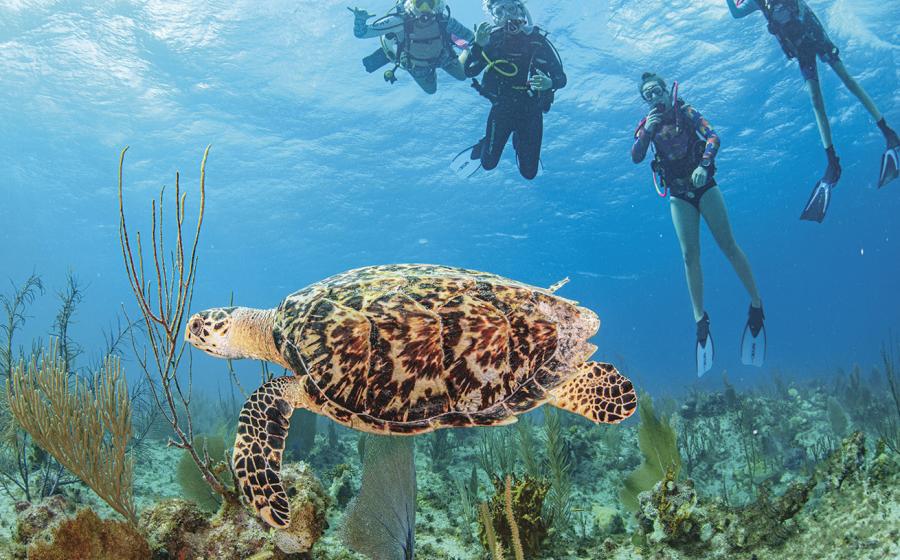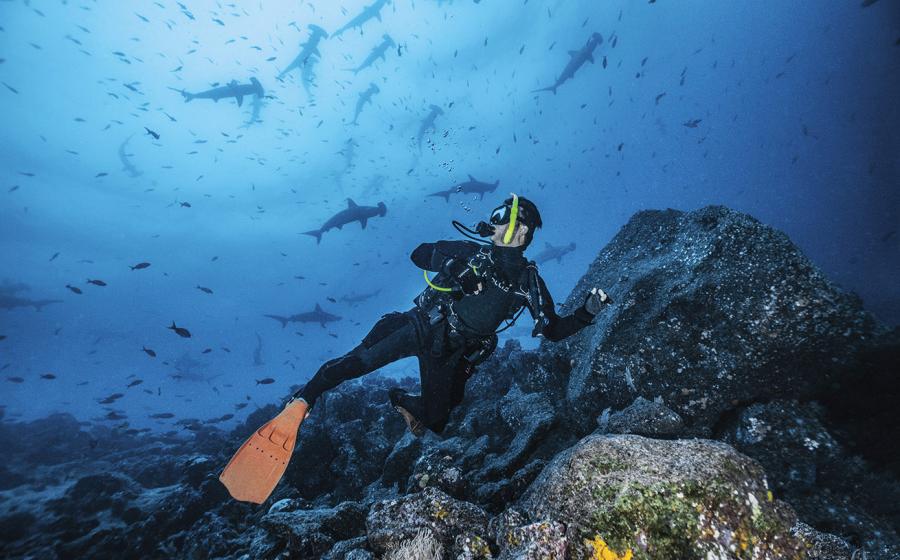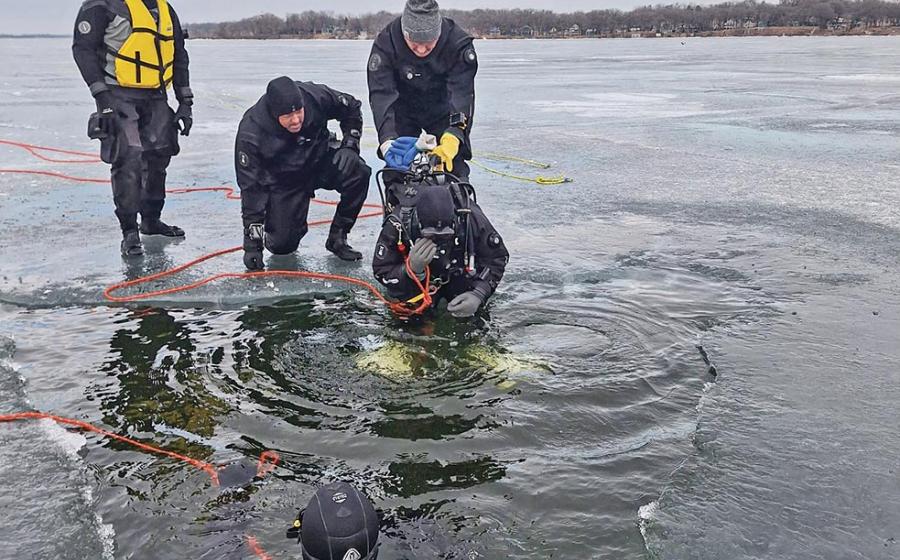Are You Ready for Wreck Diving Training?

Andy MorrisonNavigation is key when you are diving a wreck like the North Star, located in Lake Huron in the Sanilac Underwater Preserve.
What is it about wrecks that make us want to go inside? The wreck may seem harmless, like the "resort wrecks" we've all encountered — a small coastal trader or tugboat with wide-open cargo holds and openings. A small voice might remind us about the dangers of overhead environments, but everybody else is going in. The problem is the roof over your head. In open water, if something goes wrong, you have a clear route to the surface. In a wreck, a ceiling represents a delay.
“The PADI Wreck Diver course covers what you’d expect — techniques, hazards to avoid and so on,” says PADI technical development executive Karl Shreeves. “You get introduced to wreck penetration if that’s something you want to do.”
If you have the desire, it’s pretty easy to get started. The prerequisites for the Wreck Diver course are the PADI Adventure Diver or the Advanced Open Water Diver certifications. “The Wreck Adventure Dive in those courses counts toward PADI Wreck Diver, at your instructor’s discretion,” says Shreeves.
In addition to safety considerations, you’ll learn how to navigate, survey and map, use penetration lines and reels, and practice techniques to avoid kicking up silt or disturbing a wreck and its marine life. “You also learn about why we need to preserve wrecks, and their roles in understanding our past,” says Shreeves.
A wreck dive on the Civil War ironclad USS Monitor was Shreeves’ most memorable. “It’s a special wreck for several reasons, starting with its fame," says Shreeves. "Most of us grew up hearing about the first battle between ironclad warships, the Monitor and the Virginia — also called the Merrimac. The Monitor was the first active-duty warship with a turret, and its resting place is a marine sanctuary. For me it’s also special because diving the Monitor was my introduction into tec diving (230 feet), and research diving – the dives weren’t tours; we were there to measure and study.”
The bottom line, says Shreeves, is that “for qualified divers, exploring inside is an enjoyable challenge, and a chance to go where few people go.”










